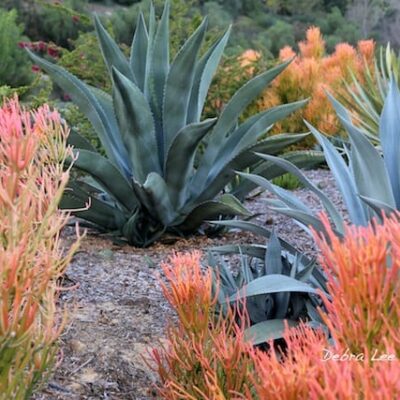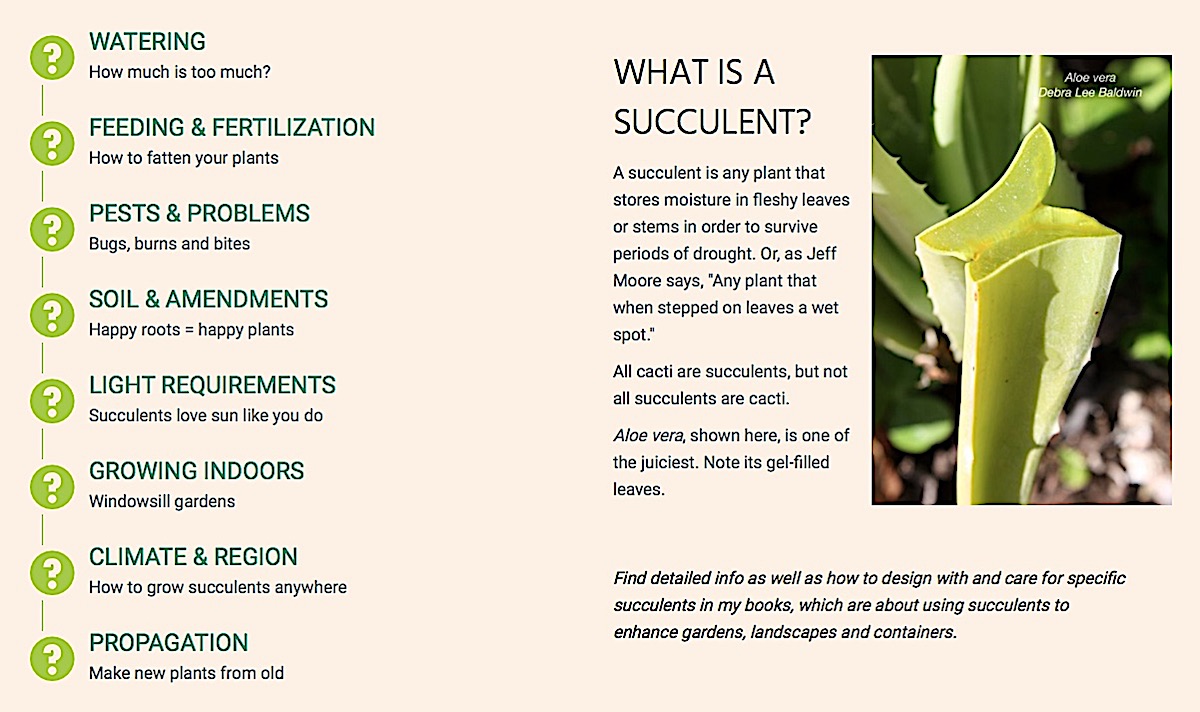Are you intrigued by saguaro cactus---those desert icons depicted on everything from bath mats to baby rompers? If you're wondering if you might be able to own one, here's what you should know.

Saguaro National Park poster (Amazon photo)
Online info can be misleading
When I noticed that a national magazine's list of "Cactus You Can Grow at Home" included saguaro, I heard someone squeal "What?!" and realized it was me. Granted, the article does state that saguaros will grow indoors as baby plants, but the accompanying photo shows a mature specimen about 30 feet tall in a desert garden. The plant has two upraised "arms" and is about as iconic as it can get. But don't expect a saguaro to look like that in your potted collection. For one thing, they're armless poles until 75 to 100 years of age.

These unbranched saguaros in an Arizona garden are likely 50-60 years old.

Yours truly with a venerable saguaro in Tucson. Those cavities shelter nesting birds. In the foreground is Opuntia 'Santa Rita'.
Most importantly, you can NOT have a saguaro in your garden unless you live in the Sonoran desert. Saguaros thrive throughout southern Arizona but nowhere in California. However, in Baja California there do exist even larger cacti sometimes confused with saguaros: Mexican giant cardon (Pachycereus pringlei), shown below. It's a different genus that branches from the base and blooms along its ribs. You can grow cardons in Southern CA...if you have room.

These Pachycereus pringlei (Baja cardon, Mexican giant cactus) look like saguaros but aren't.
Additionally, saguaros are "very slow growing" according to the website of Tucson's Arizona-Sonora Desert Museum in Tucson. "A 10-year-old plant may be only 1.5 inches tall." With two miles of walking trails on 21 acres, this outdoor museum is well worth a visit, and a great place to see saguaros. In Phoenix, the Desert Botanical Garden, one of the finest botanical gardens in the US, showcases saguaros and other desert flora. For a more rugged experience, there's the Saguaro National Park, located both east (67K acres) and west (25K acres) of Tucson. Note that temps may exceed 100 degrees May-October, and the region's summer monsoon season is July-August. Consequently, most visitors go November through April.

Saguaro in bloom
Saguaro Cactus (Carnegia gigantea) at a Glance
-- Pronounced "sa-WAH-ro"
-- Largest cactus in the US
-- Grows only in the Sonoran Desert (southern AZ - northern Mexico)
-- Lives 150+ years
-- Attains 40+ feet in height
-- Grows first side arm after about 75 years
-- Accordion-like ribs expand after rainstorms
-- Ribs shrink as it draws on stored water
-- A fully hydrated saguaro may weigh two tons+
-- Blooms are white and waxy, late April - June
-- Flowers open at sunset, close mid-afternoon
-- Nocturnal pollinators are bats attracted to nectar
-- Fruits are edible, ruby-red and ripen in June
-- Typical of cactus, spines serve to shade the skin
-- Harming a saguaro is illegal in Arizona
-- Homeowners need permits to remove them
-- There exist "saguaro rescue" services.

Saguaro bath set. Aiee! The flowers are white, not pink!
Related info
Cactus Details, Photos and Varieties
Cactus Care, Gallery and Names All cacti are succulents, but not all succulents are cacti. They’re an acquired taste, but once hooked (forgive the pun) you’ll collect more and more. About Cacti Native to deserts and dry regions of the Americas, cacti are succulents at their simplest: a water-storing body and vestigial leaves (spines). These…
The post What You Should Know about Saguaro Cactus appeared first on Debra Lee Baldwin. Copyright © Debra Lee Baldwin.
from Debra Lee Baldwin https://ift.tt/2MjAVQv
via IFTTT















